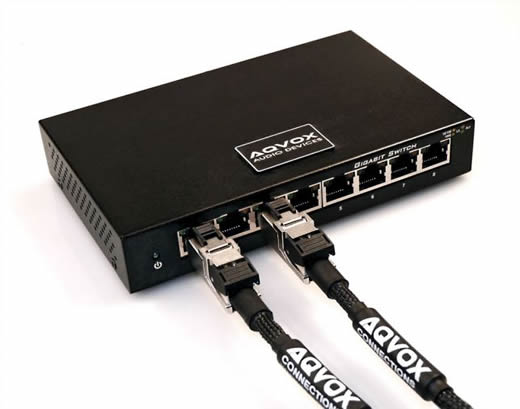Ethernet
Ethernet offers galvanic isolation by design.
All connections are transformed coupled.
However this does not guarantee that no noise at all might creep into a networked device.
The most obvious remedy would be total galvanic isolation.
WiFi is a nice example, no physical connection at all.
Some argue that because of the overhead required for WiFi to run, you get an even higher interface noise.
Ethernet can be done over optical as well.
Optical of course provides perfect galvanic isolation.
Today an optical converter won’t break the bank.
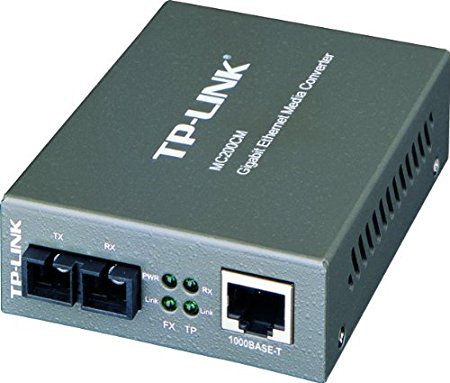
TP-Link Gigabit Ethernet Media Converter, Up to 1000Mbps RJ45 to 1000M Multi-Mode SC Fiber $46.99
Note that the output is Ethernet hence electrical by design.
Any reason to assume this port produces a more pure Ethernet than any other normal port on a switch?
Audiophile switches
As streaming becomes popular, today we enjoy audiophile switches.
AQ-SWITCH-8 Audiophile High-End Network Switch 398,00 EUR
In general they are rebadged conventional switches with some mods.
Most popular is a better clock as the average audiophile thinks that better clocking is less jitter.
Indeed the jitter drops but this won’t affect the receiver (streaming audio is buffered by design).
Of course you will find all kind of reviews praising the great improvements such a switch makes in ones system.
The usual listening with one’s eyes.
What you see is what you hear.
Time for some measured performance.
The Silent Angel Bonn N8 is a 8-port gigabite Ethernet switch.
It claims to audiophile fame are
- Improved clocking
- Medical grade adapter
- Purified Power Circuit
- High Permeability EMI absorber
- Low Insertion Loss Line Transformer
- Low Leakage Common Mode Choke
- Power Rails Separation Design
It’s on sale for € 395,-

Amir measured it.
No difference in jitter compared with a standard switch.
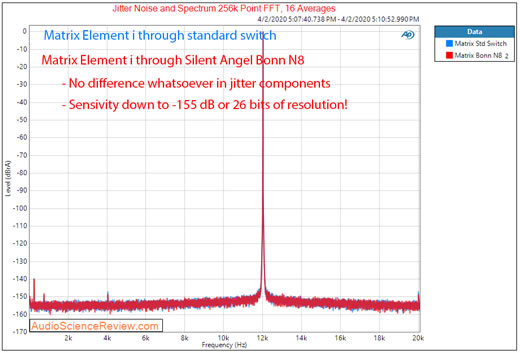
No difference in noise either.
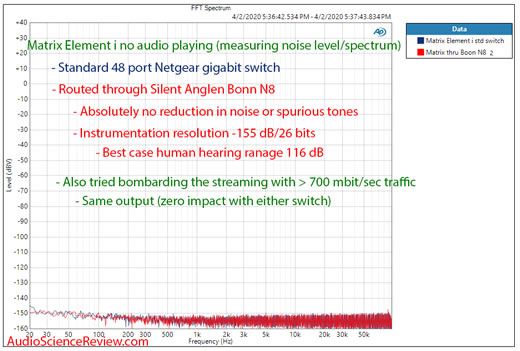
You better stick to the box it is derived from

Linksys $ 35,-
The full story: Silent Angel Bonn N8 Audio Grade Ethernet Switch - ArmirM
Noise isolation
As streaming audio has become popular, it is easy to find raving reviews about all kind of products providing some kind of “isolation”.
The TP Link is reviewed here.
As usual, it is a sighted tests, objective measurements are rare.
Archimago is one of the few sources of objective measurements.
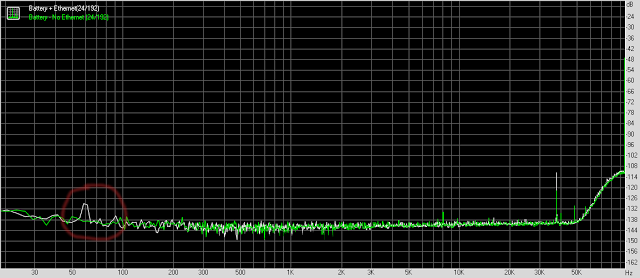
In his setup the 60 Hz hum disappeared when removing the network cable.
Indeed, despite the galvanic isolation as provided by Ethernet, some noise slips through
Notice this hum is at -130 dBFS. One might wonder if this is audible at all.
The green line is the same system running WiFi for networking.
No indication of added noise because of the WiFi.
Ethernet isolators
Although Ethernet is galvanic isolated by design, there are medical grade isolators.
They offer a higher protection against surges.
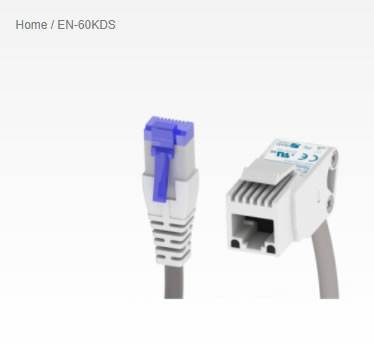
EMO systems medical grade (IEC 60601-1) isolator - $204
Products like these offer 6 kV AC dielectric strength and 8.5 kV DC dielectric strength.
The IEE 802.3 says:
a) 1500 Vrms at 50 Hz to 60 Hz for 60 s, applied as specified in Section
5.3.2 of IEC 60950: 1991.
b) 2250 Vdc for 60 s, applied as specified in Section 5.3.2 of IEC 60950:
1991.
c) A sequence of ten 2400 V impulses of alternating polarity, applied at
intervals of not less than 1 s. The shape of the impulses shall be 1.2/50 µs
(1.2 µs virtual front time, 50 µs virtual time of half value), as defined in IEC
60060. There shall be no insulation breakdown, as defined in Section 5.3.2
of IEC 60950: 1991, during the test. The resistance after the test shall be at
least 2 MW, measured at 500 Vdc.
Medical grade isolators offer a far higher protection compared with the standard.
Amir tested the EMO EN-60KDS.
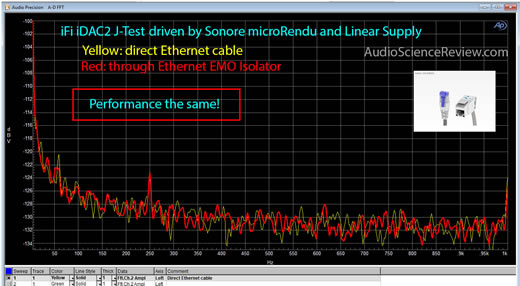
No differences where found.
After wrapping the network cable around a powercord, he noticed that a small 60 Hz spike disappeared when using the isolator.
Using a Shitt Modi2 also some small improvements in the jitter performance where found.
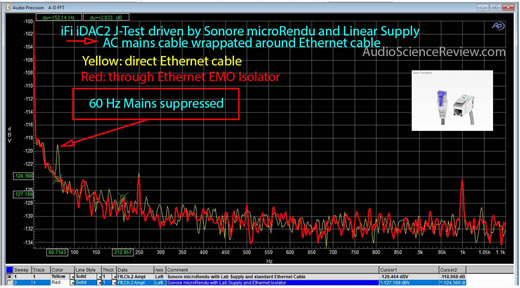
Depending on the DAC there can be a measurable improvement using a high grade isolator.
We talk about measurable effects at -128 dBfs.
As one forum member pointed out:
128dB = 792.6 billionths of a volt, assuming a reference signal level of 2 volts.
One might wonder is such small fluctuations are audible at all.
Conclusion
It looks like Ethernet induced noise is a very small if not a total insignificant problem.
Result will vary with the design quality of the streamer.
- On the value for ethernet "galvanic isolation" - Archimago's Musings
- Review and Measurements of EMO EN-60KDS Ethernet Isolator - Amir
- The Intercontinental Internet Audio Streaming Test - Archimago's Musings
- Silent Angel Bonn N8 Audio Grade Ethernet Switch - ArmirM
- Routers, how do they sound? - ASR


